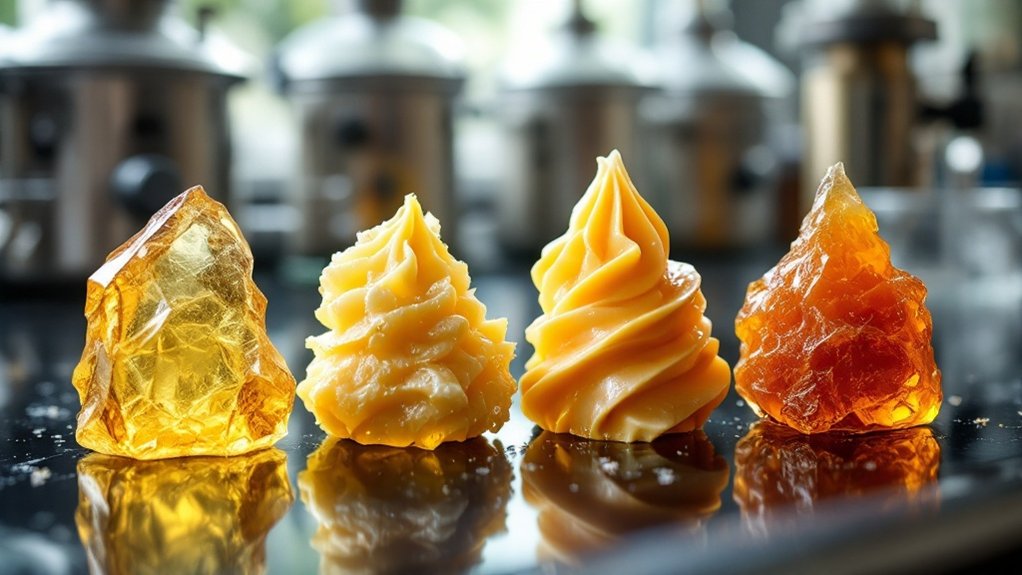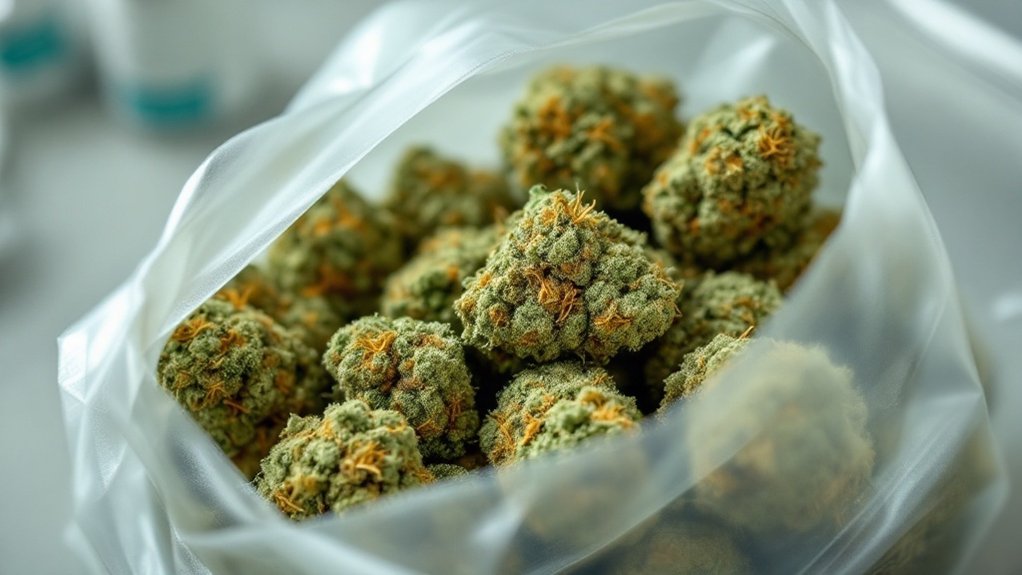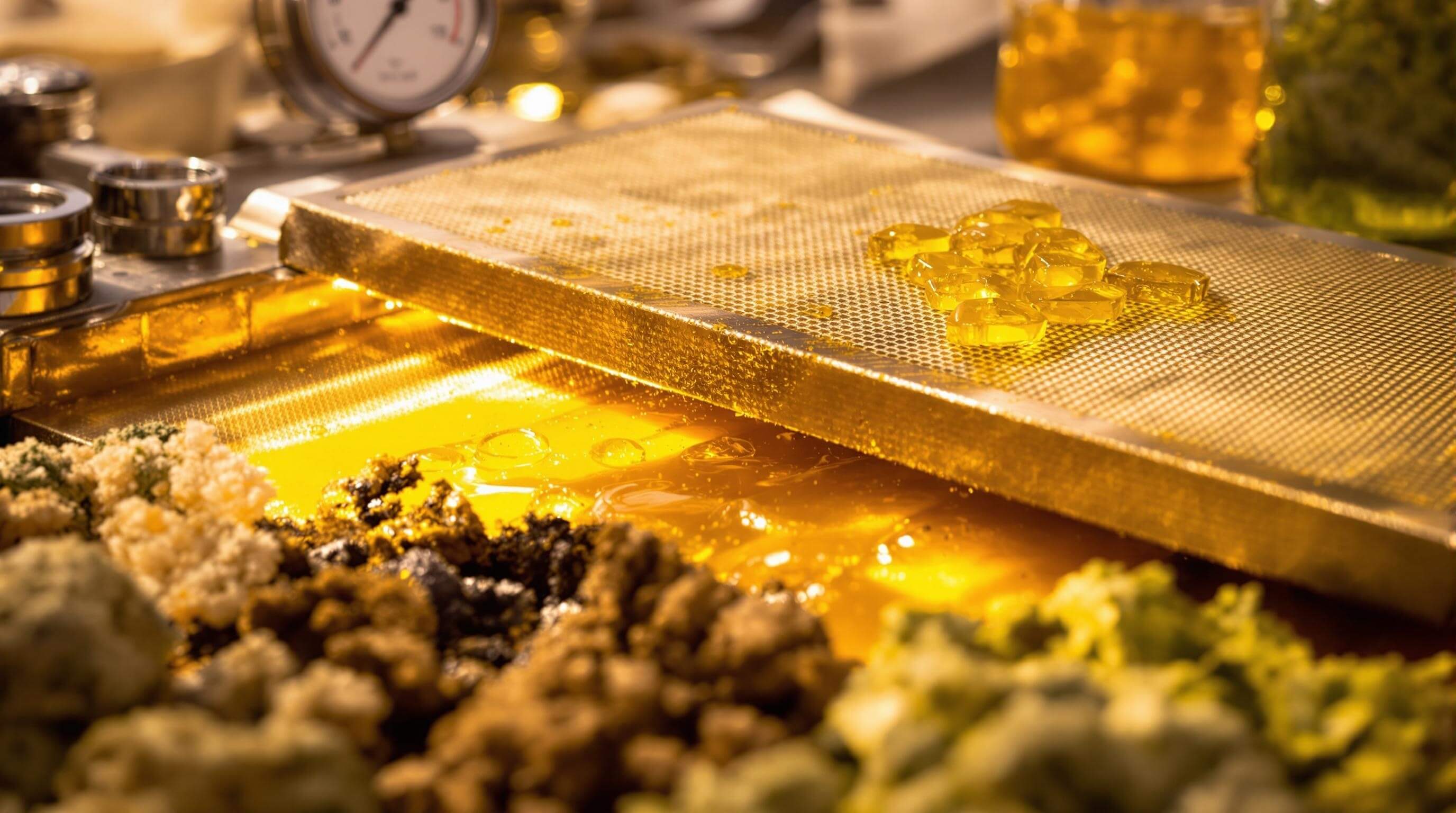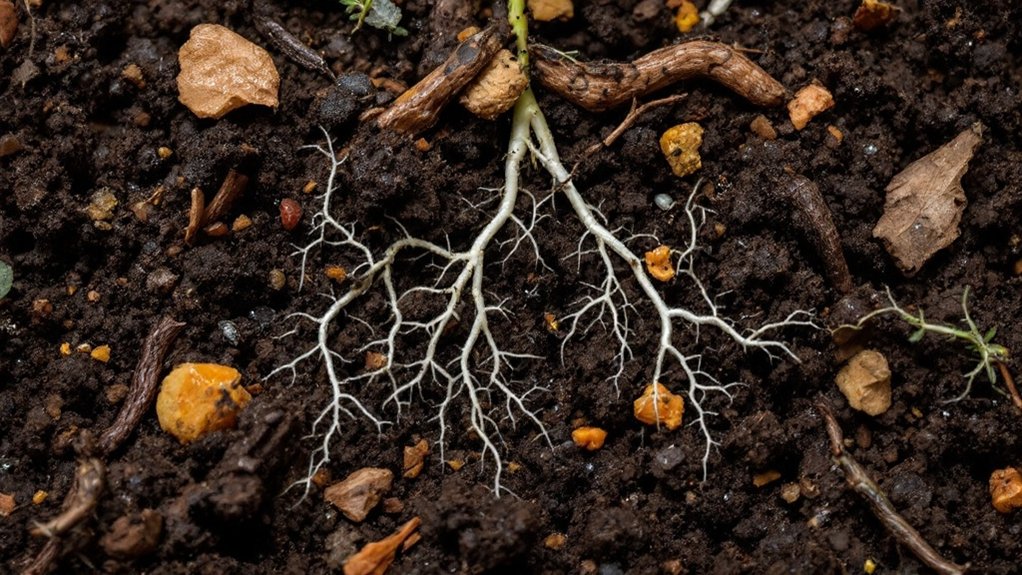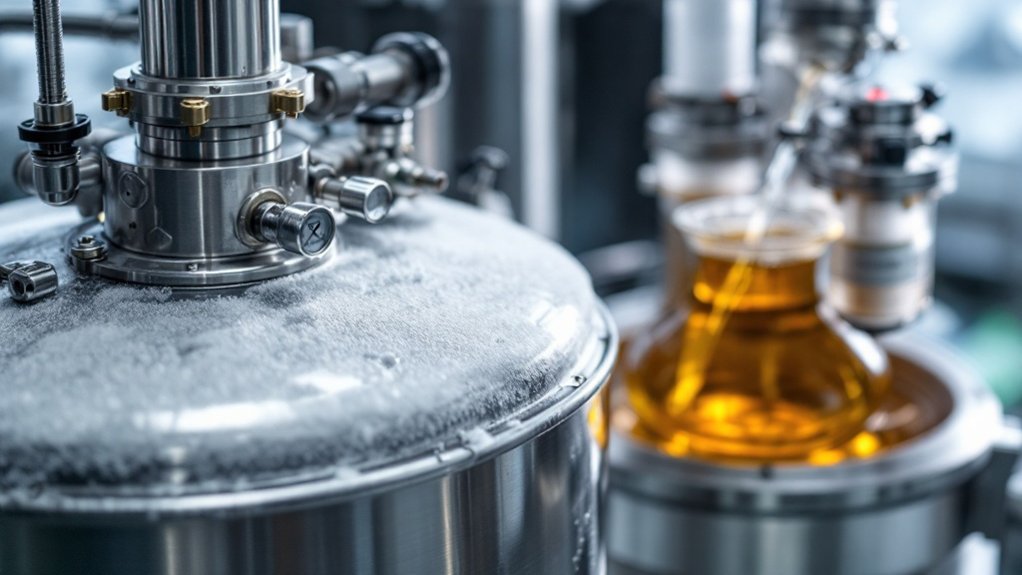Cannabis concentrates are potent marijuana extracts containing higher levels of cannabinoids and terpenes than traditional flower. These products result from extraction processes that separate compounds from plant material using either solventless methods or chemical solvents like butane or CO2. Concentrates come in various consistencies including shatter, wax, budder, and sugar, with THC potency typically exceeding 60%. Consumption methods include dabbing and vaporization, requiring specialized tools tailored to each concentrate type. The diversity of extract options reveals a complex world of cannabis chemistry.
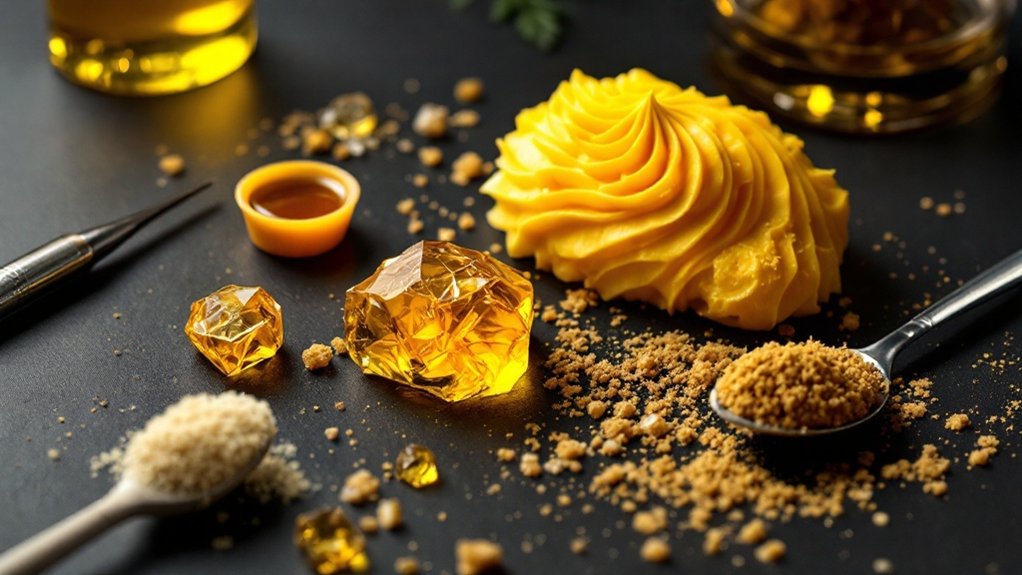
As cannabis legalization expands across many regions, marijuana extracts have emerged as a sophisticated category of cannabis products with diverse applications and forms. These concentrates contain substantially higher cannabinoid and terpene levels than traditional flower products, created through various extraction processes that separate the plant’s desirable compounds from the vegetative material.
Cannabis concentrates are classified based on several key factors: the curing process, starting material quality, extraction methodology, and final consistency. The choice of extraction method can significantly influence both product goals and consumer preferences.
Extraction methods fall into two primary categories: solventless and solvent-based. Solventless extractions utilize mechanical agitation to break resin glands from cannabis material without chemical intervention. Solvent-based methods, conversely, employ substances like butane, ethanol, methanol, or CO2 to strip trichomes from plant material, followed by a critical purging process that removes residual solvents to ascertain consumer safety.
Some premium extracts utilize flash-frozen cannabis in extended processing that allows natural separation of terpenes and cannabinoids. Most premium cannabis concentrates contain THC or CBD levels up to four times higher than premium cannabis flower, with potency typically exceeding 60% THC in many varieties.
Concentrates present in various consistencies, each with distinct characteristics and applications. Shatter exhibits a transparent amber glass-like appearance and has garnered a reputation for exceptional purity. Wax concentrates feature a softer, opaque texture resembling earwax, while budder (also called butter or badder) presents a creamy consistency similar to dairy butter.
Crumble concentrates possess a dry, friable texture that disintegrates easily when handled, and sugar concentrates maintain a wet, granular consistency reminiscent of moistened sugar.
Oil-based concentrates represent another significant category, generally more viscous and fluid than their solid counterparts. Rick Simpson Oil (RSO), a full-spectrum medicinal extract, has gained popularity among patients seeking therapeutic benefits. These oil extracts typically retain higher terpene profiles than harder concentrates and can be administered through vaporization, oral consumption, or sublingual application.
Specialized concentrate forms include diamond and sauce combinations, featuring THCA crystals suspended in terpene-rich liquid, and various rosin products like fresh press, badder, and jam. These high-end extracts offer exceptional potency and flavor profiles tailored to connoisseur preferences.
Consumption methods vary accordingly, with dabbing involving flash-vaporization on heated surfaces, vaporization through electronic devices offering temperature control, and sublingual or oral applications providing alternative delivery methods for medicinal users. Each concentrate consistency requires specific tools and accessories optimized for its particular properties.
Frequently Asked Questions
What Are the Legal Implications of Possessing Cannabis Concentrates?
The legal status of cannabis concentrates varies considerably across the United States.
While 24 states permit recreational use with specific possession limits, 11 states prohibit all forms of cannabis entirely.
Possession beyond state-defined limits can result in civil fines or criminal charges, with penalties escalating for distribution intent.
Despite state-level legalization, cannabis concentrates remain federally illegal as Schedule I substances, creating legal conflicts on federal properties and when crossing state lines.
Can Marijuana Extracts Show up Differently on Drug Tests?
Marijuana extracts can indeed produce different results on drug tests compared to traditional cannabis. These concentrates contain higher THC levels, which may lead to more pronounced detection patterns and potentially longer detection windows.
Standard urine tests primarily identify THC-COOH metabolites regardless of consumption method, but the higher potency of extracts may result in stronger positive results and extended detectability, particularly in chronic users whose samples might remain positive for 30+ days after cessation.
How Do Extraction Methods Impact the Final Product’s Effects?
Extraction methods greatly impact cannabis products’ effects by altering cannabinoid and terpene profiles.
Solvent-based techniques like hydrocarbon extraction yield high cannabinoid content but may sacrifice terpenes, while solventless methods better preserve the plant’s natural compounds, enhancing the entourage effect.
CO₂ extraction provides selective compound targeting through precise temperature and pressure control.
The biological activity of extracts varies considerably, with different methods producing extracts that interact uniquely with human cells, influencing therapeutic potential and potency.
Are There Safer Alternatives to Butane Extraction Methods?
Several safer alternatives to butane extraction exist within the cannabis industry.
CO2 extraction offers a non-toxic, non-flammable option that leaves no harmful residual solvents while allowing precise control over cannabinoid targeting.
Ethanol extraction provides another safer approach, using food-grade alcohol that can be implemented at industrial scale.
Solventless methods like rosin pressing, dry sift, and ice water extraction (bubble hash) eliminate chemical solvents entirely, producing clean concentrates while preserving the plant’s natural terpene profile.
